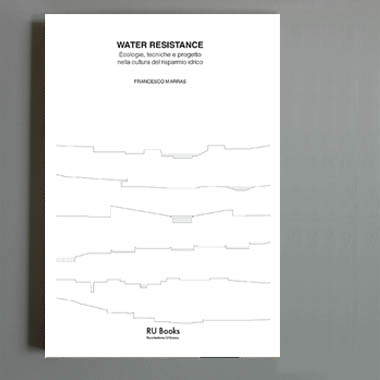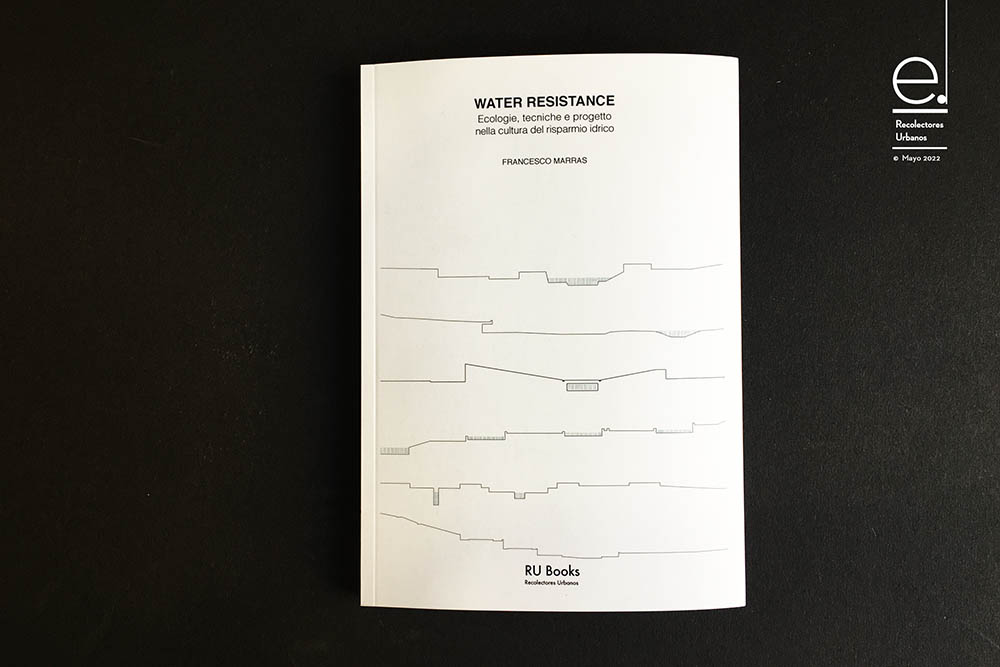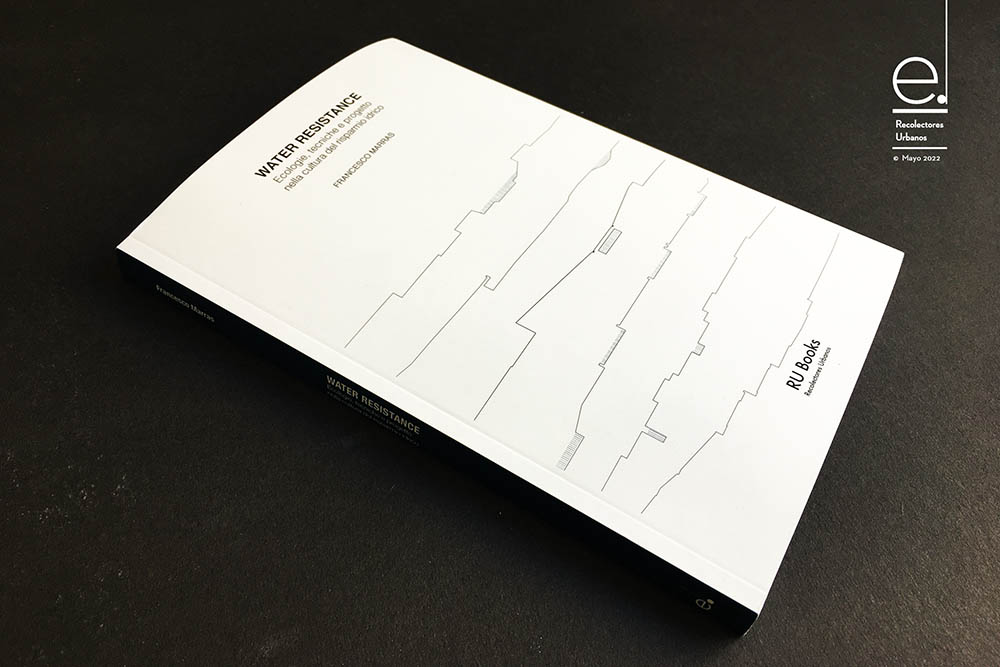Descripción
Climate change is an extremely critical phenome- non for both urban and rural areas. In the latter case it can cause a malfunction in the “technical machine” of the countryside, based on an impor- tant historical infrastructural system that consti- tutes its shape and structure. In constituting the founding act of architecture, the topography of the soils allows the network to function at its best and to properly drain and manage water with a view to saving and reusing it. The works for soil containment, slope management and water col- lection, conservation and distribution constitute the “zero layer” that allows architecture to function at its best. Water-saving strategies represent a ne- cessity for contemporary architecture just as they did for architecture in the past, being precious cogs in a complex ecological machine. Work pro- ceeds with the study and comparison of a series of international projects that address the issue of water management from different points of views: water risk and time. Water resistance can be translated into construction techniques that allow soils to percolate water and to preserve it through special devices that return it into the cycle when necessary. Architectural projects provide the tool through which the issues of climate change and water saving in the Mediterranean area can be addressed. This was tested during a three-year experience in optional courses run by the Univer- sity of Cagliari. A conscious project constitutes a realistic test on the territory and shows the possi- bilities offered by a design that is attentive to the issues of public space management in the fragile contexts of rural areas in Sardinia.












Valoraciones
No hay valoraciones aún.